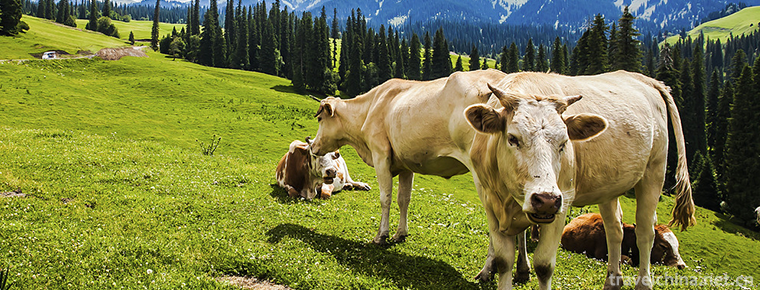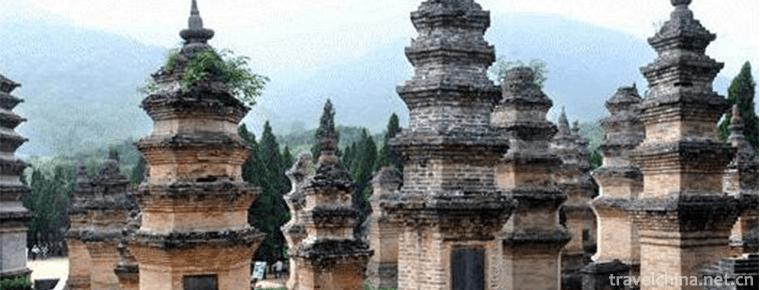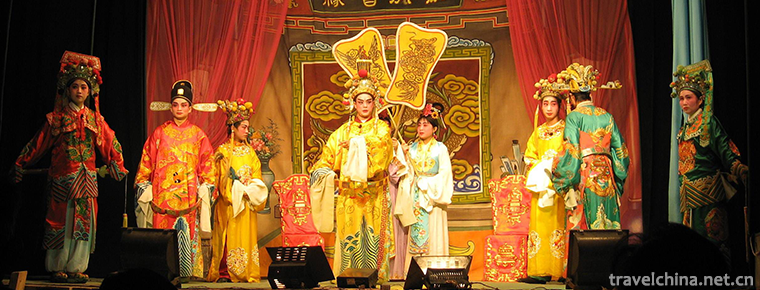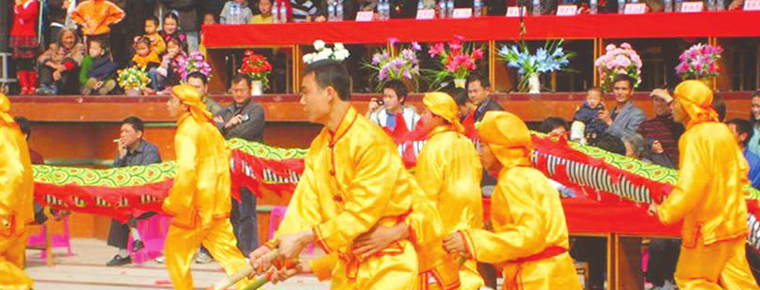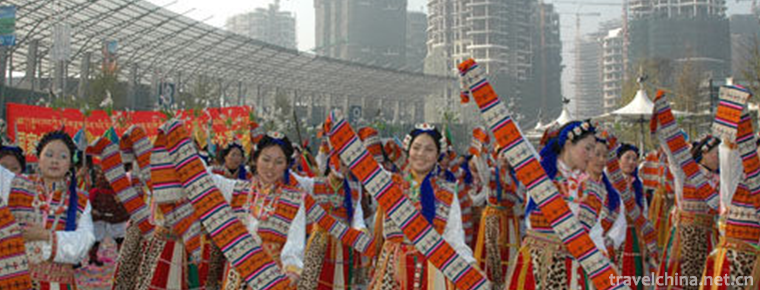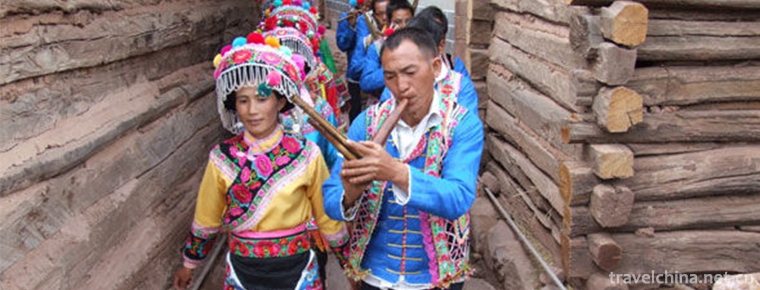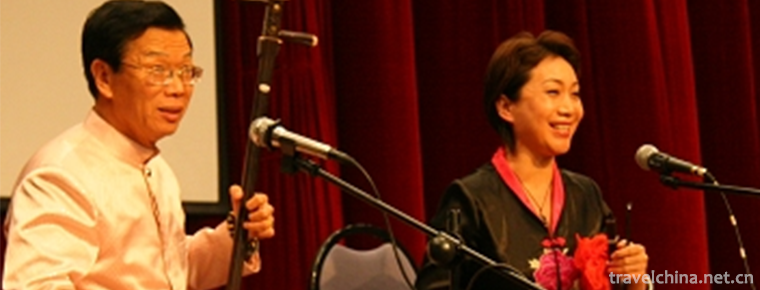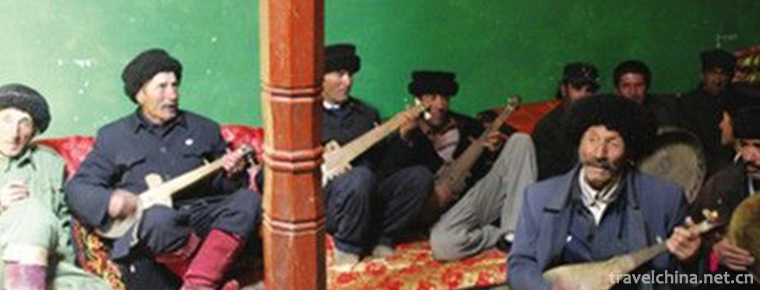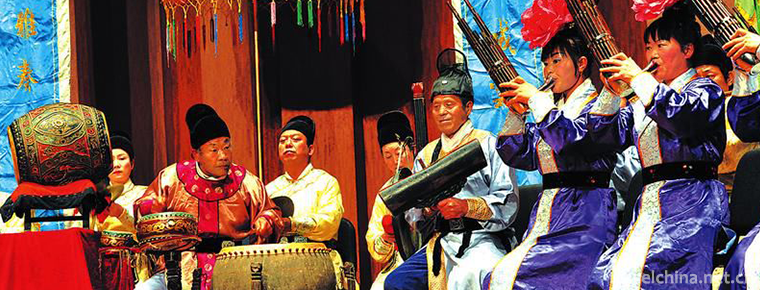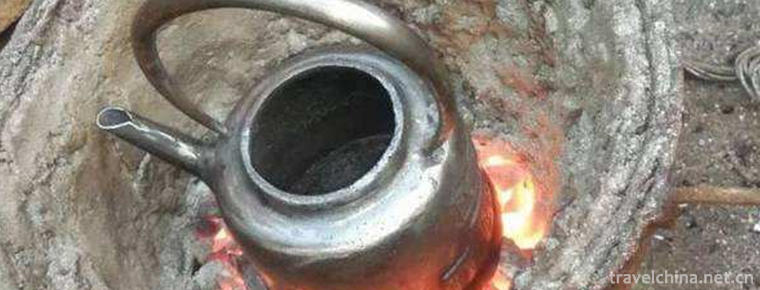Chagan Sulide Festival
Chagan Sulide Festival
Sulide, in Mongolian, has the meaning of auspiciousness, loftiness, harmony, unity and harmony. The sacrifice of Chagan Sulide is the natural worship of the universe of heaven and earth gradually formed by the Mongolian people in a long period of time.
The Ushen Banner of Ordos City, Inner Mongolia Autonomous Region, is the most complete preservation and inheritance of Chagan Sulide sacrifice. The Mongolian herdsmen living here mostly stand in front of the door of the Sulide-shaped "Heymory", and every morning herdsmen burn incense and pray in front of "Heymory", which is the concentrated embodiment of Chagan Sulide culture in this area. Chagan Sulide's sacrifices mainly include celestial sacrifices, star sacrifices, fire sacrifices, day sacrifices, month sacrifices, seasonal sacrifices, New Year's sacrifices, majestic sacrifices and so on.
The sacrifice of Chagan Sulide was handed down from generation to generation by the Dalhut tribe, the watchman of Genghis Khan. The grand ceremony formed in the 13th century has been completely preserved to this day, and has been enriched and perfected with the development of the times. The origin of Chagan Sulide is recorded in Secret History of Mongolia and Benji of Yin Taizu of Yuan Dynasty. It is said that in 1206, Tiemuzhen, who had gone through difficulties and finally unified the grassland, was respected as Genghis Khan. After the establishment of the Great Mongolia, Chagan Sulide was set up as a symbol of the country outside the Golden Curtain. Mongolians still believe that white represents purity, supremacy and nobility. Chagan Sulide is composed of a master Sulide and eight accompanying Sulide. Therefore, it is called Jiuzhagan Sulide, or "Jiuzhao Baiyi" (also known as "Jiuzhao Baiqi"). The Chagan Sulide Altar is composed of three parts: the main flag, the Zongqi and the substitute flag. The top of the main flag is made of hill-shaped gold-plated cylindrical iron. It is one foot three inches tall and reeled with nine-figure white mane. The flagpole is thirteen feet tall, three inches in diameter, and its body is white. The base of the main flag is tortoise-shaped stone. So far, the sacrifice of Chagan Sulide has been handed down for more than 800 years. In 2006, Genghis Khan was selected as the first national intangible cultural heritage list. In 2014, Chagan Sulide sacrifice was listed in the fourth batch of National Intangible Cultural Heritage Representative projects.
The original text of Chagan Sulide's Words of Sacrifice
As a manifestation of national self-esteem and spiritual strength, Sulide culture is like a clear spring that merges into the long river of Chinese national culture and is a brilliant treasure in the treasure house of national culture. The Mongolian traditional culture of "Sulide" which is a pluralistic aggregation is a rich cultural resource and tremendous cultural wealth of the Ushen people. Sulide culture not only embodies the complete inheritance of Mongolian traditional culture, but also deduces a heavy history, which has important historical significance and practical significance of keeping pace with the times.
For thousands of years, Sulide has long protected the excellent Mongolian herdsmen.
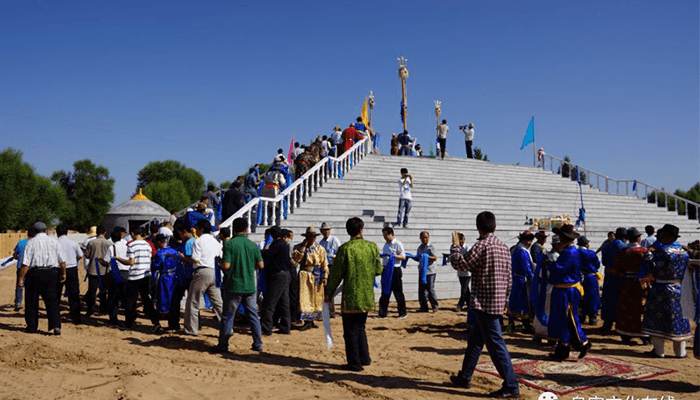

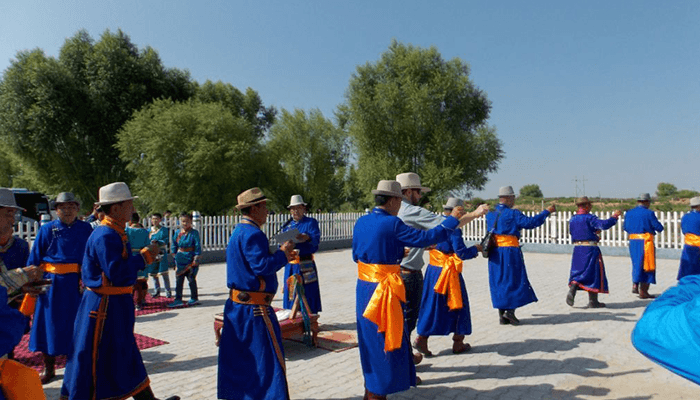
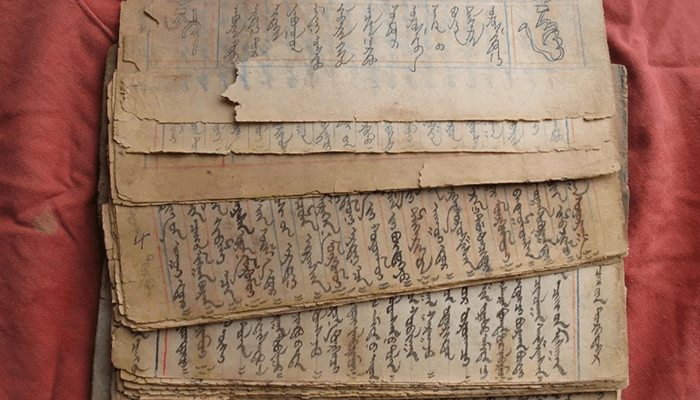
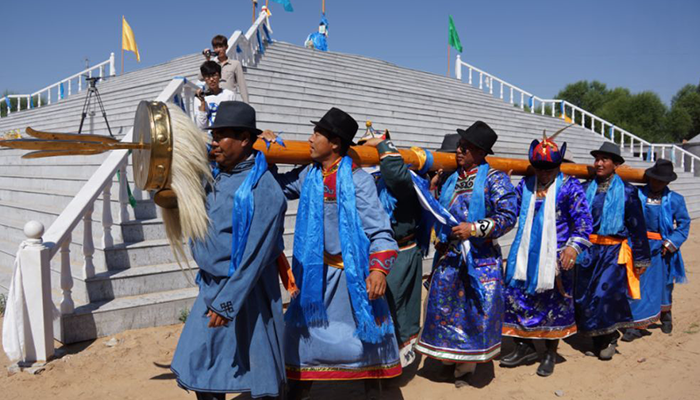
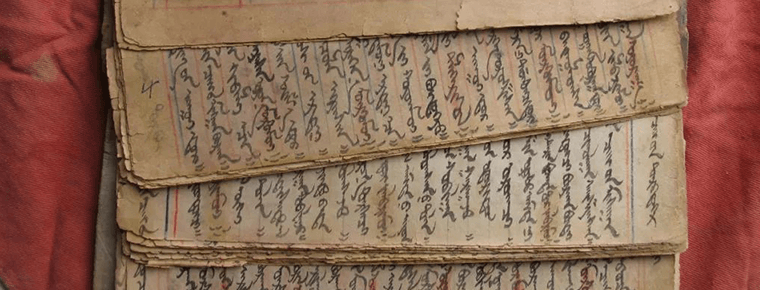
Chagan Sulide Festival
-
Longwan Seaside Scenic Area
Longwan Beach, also known as Longwan Beach Scenic Area, spans Xingcheng City and Longgang District. The total length of the coastline is more than 3000 meters, covering an area of 10.9 square kilomete
Views: 151 Time 2019-02-06 -
Narati Scenic Spot
Narati Tourist Scenic Area, located in Xinyuan County, Xinjiang, is located in the hinterland of Tianshan Mountains, the eastern end of the Ili Valley, with a total planning area of 960 square kilomet
Views: 72 Time 2019-02-07 -
Historic Architectural Complex in Heaven and Earth
Historic buildings in Tiandi, World Cultural Heritage, National Key Cultural Relics Protection Units and National AAAAA Tourist Scenic Spots are located in the hinterland and surrounding
Views: 274 Time 2019-02-21 -
baizi opera
Baizi Opera, a local traditional drama in Haifeng County, Shanwei City, Guangdong Province, is one of the national intangible cultural heritage. Baizi opera is a local opera sung in Haifeng and Lufen
Views: 216 Time 2019-04-03 -
Lion Lamp in Jinggangshan Hall
"Quantang Lion Lantern" is a traditional Wushu athletic project spread in Huzhaoping Village, Shangxiang, Jinggang, Shandong Province. It has nearly 200 years history.
Views: 164 Time 2019-05-08 -
Castawin Dance
Castawin Dance, a traditional dance in Heishui County, Sichuan Province, is one of the national intangible cultural heritage.
Views: 225 Time 2019-05-08 -
Mei Ge
Meige is the general name of Yi folk song and dance and folk oral literature. Its content is all-encompassing and almost reflects the history, culture, production and life of the Yi people. It is rega
Views: 181 Time 2019-06-02 -
Shandong Qinshu
Shandong Qinshu is one of the traditional folk art varieties in Shandong area, also known as "Xiaoqu", "Yangqin", "Shandong Yangqin", "improved Qinshu" and so o
Views: 213 Time 2019-06-13 -
Tajik Folk Songs
Tajik folk songs are very rich in content. The folk songs handed down to this day include folk songs reflecting ancient social life, customs and customs, eulogizing love and religious rituals. The mai
Views: 186 Time 2019-06-17 -
Xi an Drums Music
Xi'an drum music, also known as Chang'an ancient music. It is a large-scale traditional folk drum music spread in Xi'an (ancient Chang'an) and its surrounding areas for thousands of years. It originat
Views: 224 Time 2019-06-30 -
Smelting and Casting Techniques of Pig Iron in Yangcheng
Yangcheng pig iron casting technology was invented in the 6th century BC. Yangcheng pig iron smelting and casting technology in the smelting and casting process first crushed the ore, then roasted at
Views: 115 Time 2019-07-10 -
Dazhous location
Dazhou is located in the junction of Sichuan, Chongqing, Hubei and Shaanxi provinces and the Chengdu Chongqing Economic Belt in the upper reaches of the Yangtze River. It is the "East Gate" of Sichuan opening to the outside world and a key regi
Views: 279 Time 2020-12-20

